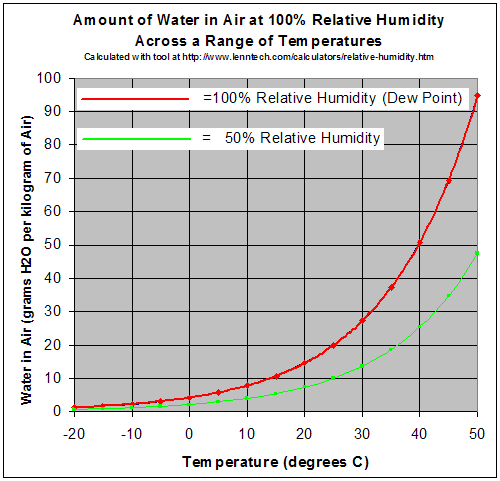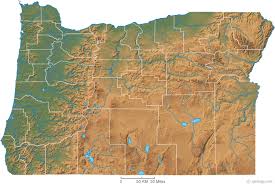Question #ce15d
1 Answer
The windward side of a mountain is the side in which moisture in the air is released as it goes up in elevation, and the leeward side is the side where the air goes down into the land, now dry.
Explanation:
The best way to explain windward and leeward is an example. An example close to where I live is Mount Hood, Oregon. The Pacific Ocean is west of Mount Hood, and all air heading towards the east picks up moisture from the ocean. As the most air travels throughout the land, it rains so the area on the windward side of a mountain has more precipitation.
When the moist air heads towards the mountain (Mount Hood in this case), it gains elevation. Air pressure is the weight of the atmosphere, so as the air moves up there is less atmosphere above it and therefore less pressure. According to Gay Lussac's law pressure and temperature are proportional, so as the pressure drops the temperature also drops. The amount of water vapor air can hold is based on it's temperature, the cooler the air the less vapor. So as the air cools condensation occurs and precipitates out.

https://en.wikibooks.org/wiki/High_School_Earth_Science/Weather_and_Atmospheric_Water
The red line in the graph above shows the maximum amount of water vapor air can hold, and you can see it increases with temperature.
The side of the mountain where this happens is called the windward side, since this is the side the wind blows against. When the air travels over the mountain and descends that's called the leeward side.
On the leeward side, as the air loses elevation the pressure increases, and therefore the temperature increase. As the graph above shows as the air warms it's ability to hold moisture increases, but since the air lost moisture on the windward side, if there is no source for new moisture on the leeward side the air just gets drier and drier. The leeward area is often a desert or a dry place, since the air has much less moisture than it can actually hold.
Here's a map of Oregon to show an example: 
The green area is the area west of the mountain, so the west side of the mountains is the windward area (Also Mount Hood is part of the Cascade Mountains). The orange area is then the desert area, and then that means the east side of the mountains is the leeward side.

